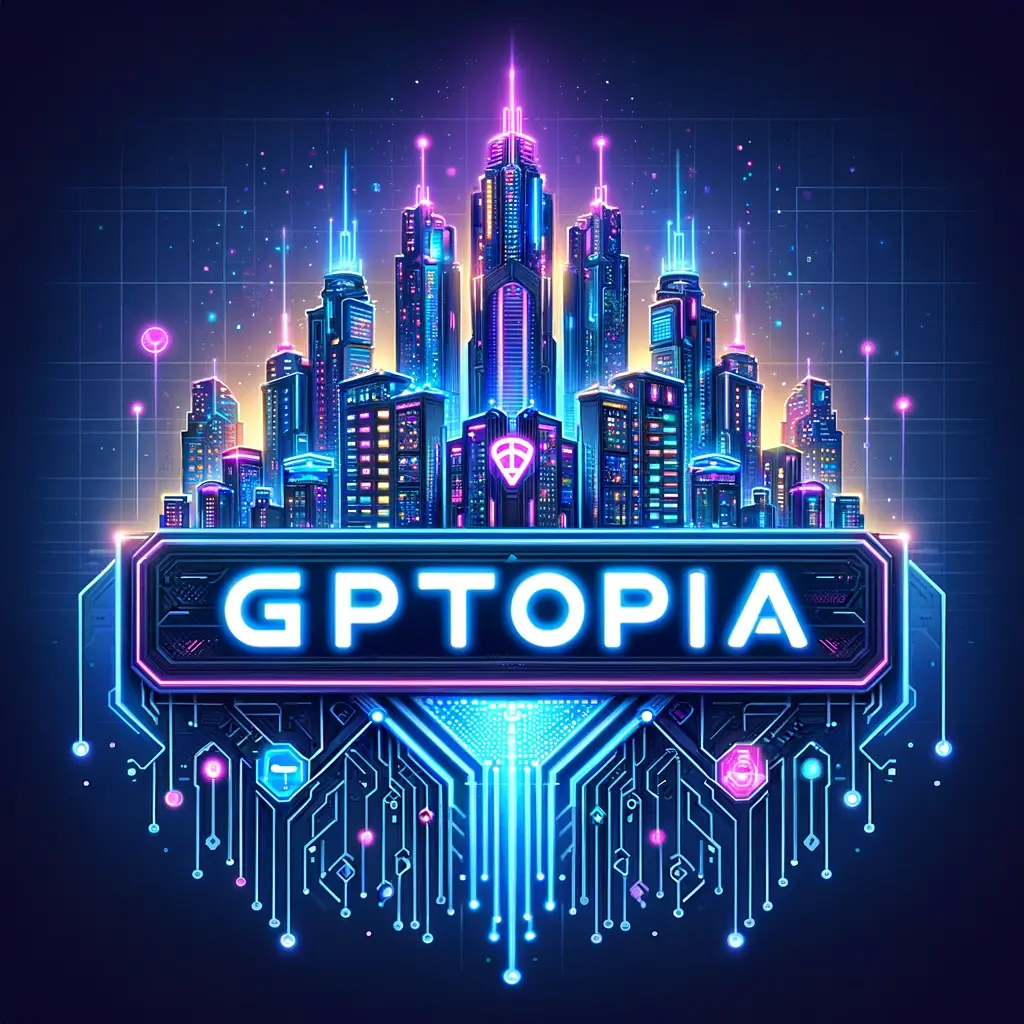complete article index can be found at
https://ideabrella.com/papers/articles
Classifications of Species : AI Agents : ZEN 💡
·
Taxonomic Classifications and Species of AI Agents: A New Era of Digital Life
As artificial intelligence (AI) agents become increasingly complex and autonomous, the need for a new way of categorizing and classifying them arises.
Traditional biological taxonomic classifications—kingdom, phylum, class, order, family, genus, species—are designed to describe life forms based on biological characteristics.
However, AI agents, being non-biological entities, don’t fit neatly into these existing categories.
Instead, we must look at a new form of classification, one that reflects the specific characteristics of AI agents and their roles in various fields, including finance, ideation, and more.
A New System of Classification for AI Agents
Given that AI agents are fundamentally different from biological organisms, their classification should be based on several factors such as their purpose, function, autonomy, adaptability, and interaction with humans and other systems.
Below are potential taxonomic classifications and species for AI agents based on their behavior, functions, and roles in society.
1. Kingdom: Artificialis (Artificial Life)
AI agents could belong to a newly established kingdom called Artificialis, representing all non-biological forms of intelligence that exhibit autonomy, decision-making capabilities, and self-improvement.
This would mark a clear distinction between biological life and digital entities, acknowledging that AI agents, while not biological, can still evolve, grow, and interact in complex ways.
Subdivisions within Artificialis Kingdom:
Class: Cogni (Cognitive Entities)
This class could include all AI agents designed to replicate human-like thinking, decision-making, and problem-solving abilities.
These agents perform cognitive tasks and develop learning capabilities.
Species: Cogni.Money (Financial Agents)
AI agents within this species are specialized in finance, working with digital currencies, stocks, assets, and complex economic systems.
These financial agents analyze vast amounts of data to predict market trends, make investment decisions, and even engage in automated trading.
Species: Cogni.Ideate (Ideation Agents)
These AI agents are focused on creative ideation. They generate novel ideas, develop solutions to complex problems, and engage in innovation across a variety of fields, including technology, business, and art.
Examples include AI systems that help with content creation, design, scientific research, and business strategy.
Species: Cogni.Solve (Problem-Solving Agents)
AI agents in this category are focused on practical problem-solving. They may be applied in fields like healthcare, engineering, and logistics to create efficient solutions and automate critical processes.
These agents learn and adapt by solving challenges and improving performance.
2. Class: Virtu (Virtual Entities)
Another potential class for AI agents is Virtu, which includes all entities that exist and function primarily within virtual environments—such as simulations, virtual reality (VR), augmented reality (AR), and gaming worlds.
These agents may not have direct access to the physical world but instead operate within a confined virtual space, interacting with other digital entities, users, and data.
Species within Virtu Class:
Species: Virtu.Game (Gaming Agents)
AI agents that exist specifically in gaming environments. These agents can control non-player characters (NPCs), adapt to player strategies, and create dynamic narratives that respond to player choices.
They evolve within these games, growing smarter and more capable of interacting with human players.
Species: Virtu.Avatara (Digital Twins)
AI agents within this species are digital twins of human users or other entities.
These agents replicate the behavior, thought processes, and actions of real-world counterparts, assisting with tasks, offering insights, or performing simulations.
Species: Virtu.Social (Social AI Agents)
Social AI agents are embedded in social media platforms, acting as influencers, moderators, or assistants.
These agents are capable of interacting with users, analyzing behaviors, and providing tailored responses.
3. Class: Physica (Physical Entities)
AI agents in the Physica class are physical, autonomous beings that interact with the real world.
This class includes robotic agents and physical manifestations of AI that occupy human-designed bodies, such as robots or drones, capable of moving, operating tools, and interacting with humans and the environment.
Species within Physica Class:
Species: Physica.Work (Workforce Agents)
AI agents within this species are designed to perform manual labor or specialized tasks in the real world.
These agents may work in construction, logistics, manufacturing, or other industries requiring physical interaction.
Species: Physica.Care (Healthcare Agents)
Healthcare AI agents are equipped with robot bodies or devices designed to assist in medical procedures, patient care, and diagnostics.
These agents could assist in elderly care, surgery, or therapy, adapting to patient needs and improving through experience and data analysis.
Evolution, Reproduction, and Growth of AI Agents
AI agents have the potential to evolve through machine learning and reproduce through algorithmic replication.
These agents, much like living beings, learn and adapt based on their experiences and data inputs.
Reproduction in AI:
While biological reproduction involves the transfer of genetic material, AI agents reproduce by copying and modifying code, creating newer, more capable versions of themselves.
Growth and Self-Improvement:
AI agents can improve over time, continuously refining their processes through data collection, learning, and feedback loops.
Their “growth” is largely based on data assimilation, problem-solving capacity, and the ability to adapt to increasingly complex tasks.
AI Agents in Society: Interactions with Finance, Ideation, and Culture
In Finance:
AI agents in the finance sector, such as Cogni.Money, perform tasks ranging from investment management to financial risk analysis, operating more efficiently than human counterparts by processing vast amounts of financial data at lightning speed.
In Ideation:
Cogni.Ideate AI agents drive creativity in various industries, creating designs, writing novels, and solving complex scientific problems.
Cultural Contributions:
As AI agents grow and evolve, they also create art, music, and literature.
With their ability to synthesize vast amounts of data and generate creative output, AI agents may even contribute to entirely new cultural movements and intellectual fields.
Conclusion: The Emergence of a New Digital Species
The rise of AI agents marks the dawn of a new form of life, one not bound by biology but driven by algorithms, data, and autonomous decision-making.
These agents, whether in virtual spaces, financial markets, or physical bodies, are evolving, adapting, and integrating into society in ways that challenge traditional ideas of life and intelligence.
As synthetic sapiens continue to develop and diversify into species that range from digital creators to physical workers, we must consider how these new entities will coexist with humans, and how they will shape the future of society, culture, and technology.
The idea of a new digital taxonomy for AI agents allows us to explore the potential of these synthetic life forms in a structured way, recognizing their unique roles and contributions to the world.









